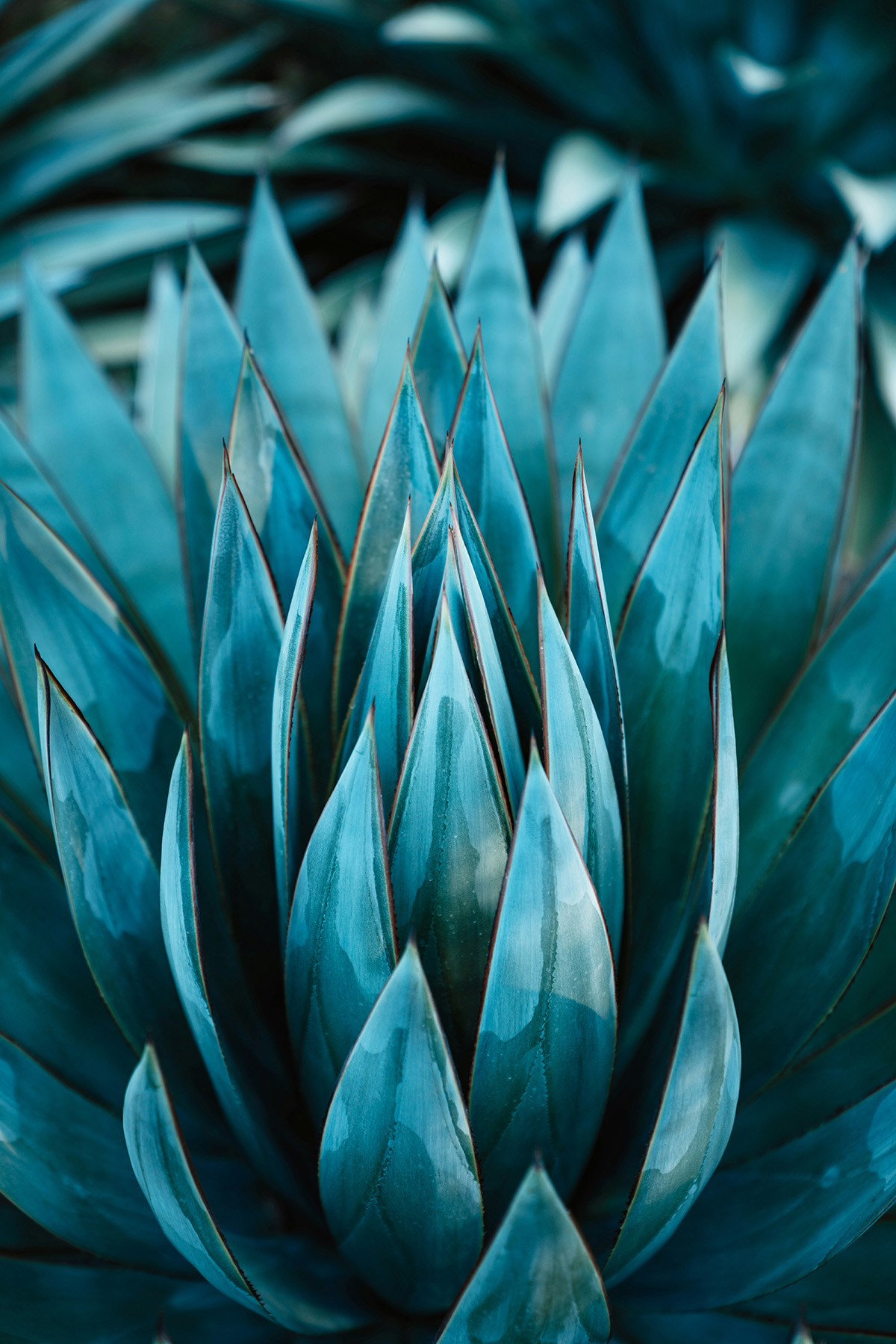Drinking Tequila
Savoring the Spirit: A Comprehensive Guide to Tequila
Tequila, often misunderstood and relegated to the realm of quick shots and sweet cocktails abroad, is a spirit of depth and sophistication in its native Mexico. Far from the party scenes where it’s downed with salt and lime or mixed into a Tequila Sunrise, tequila in Mexico is savored with respect and appreciation, reflecting its rich cultural heritage. This guide invites you on a journey to explore tequila as the locals do, revealing the traditions, nuances, and artistry of Mexico’s national drink.
The Essence of TequilaAt its heart, tequila is a distilled spirit made from the blue agave plant, primarily in the area surrounding the city of Tequila, Jalisco. Unlike other spirits, tequila is produced in two main varieties: premium, made entirely from 100% agave, and mixto, which blends at least 51% agave with other sugars, often from sugarcane. The distinction is crucial for connoisseurs and casual drinkers alike, as it significantly influences the taste, aroma, and quality of the tequila.
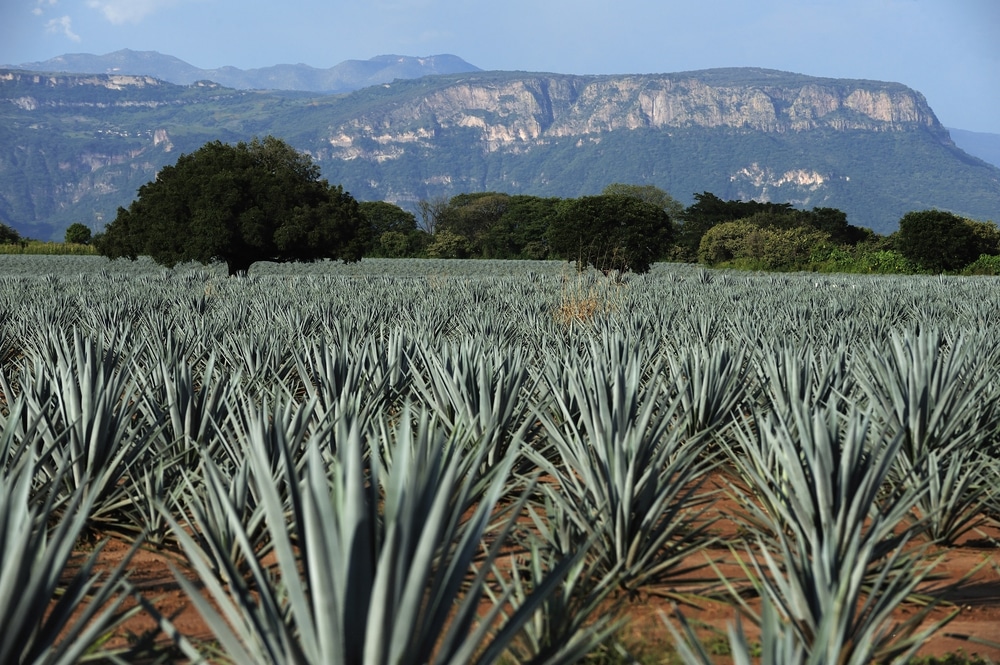
Navigating the Varieties
Just as the world of whisky offers a spectrum from single malts to blends, tequila’s complexity is deepened by its aging process, creating distinct categories:
– Blanco or Plata (White or Silver): This is tequila in its purest form, unaged or aged for a very short period, offering a bold and vibrant taste. It’s traditionally enjoyed with olives or Oaxacan cheese, which complement its robust flavor.
– Reposado (Rested): Aged in oak barrels for two to nine months, reposado tequila acquires a smoother, fruitier finish, making it an excellent companion to seafood dishes.
– Añejo (Aged): With at least one year in oak barrels, añejo tequila develops complex flavors, often with notes of nuts or cherries, and is best savored on its own to appreciate its depth.
– Extra Añejo (Extra Aged): The pinnacle of tequila aging, extra añejo is aged for a minimum of three years, resulting in a spirit that embodies the rich essences of the oak while mellowing the alcohol’s sharpness. It’s often paired with desserts like chocolate mousse or caramelized apricots for a luxurious tasting experience.
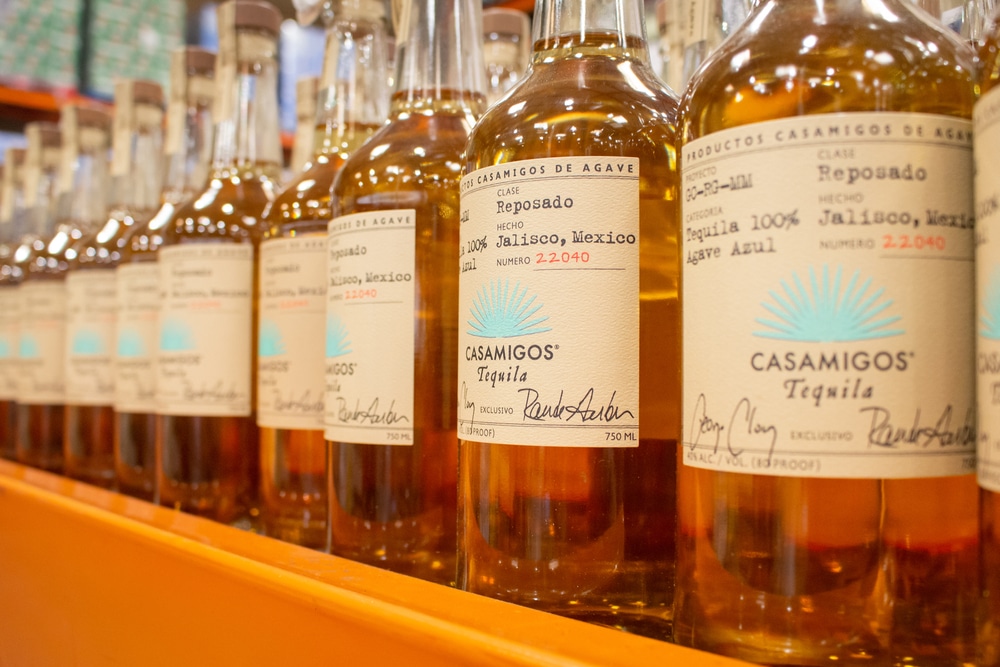
The Art of Drinking Tequila
While the traditional “caballito” shot with lime and salt is known worldwide, Mexicans often enjoy tequila in more sophisticated ways. Drinking tequila “derecho” (straight) allows one to fully engage with the spirit’s flavors. However, diving into tequila’s world requires some knowledge, especially when distinguishing between 100% agave tequilas and mixtos. The former offers a superior taste experience, allowing the drinker to fully appreciate the agave’s unique qualities.
Beyond Shots: Tequila in Cocktails
While classics like the Margarita have their place, Mexico offers a wealth of unique tequila-based cocktails, such as the vampiro. This intriguing mix of tequila, grapefruit soda, and sangrita (a spicy concoction of orange juice, chili, salt, and lime) showcases tequila’s versatility and the creativity of Mexican mixology.
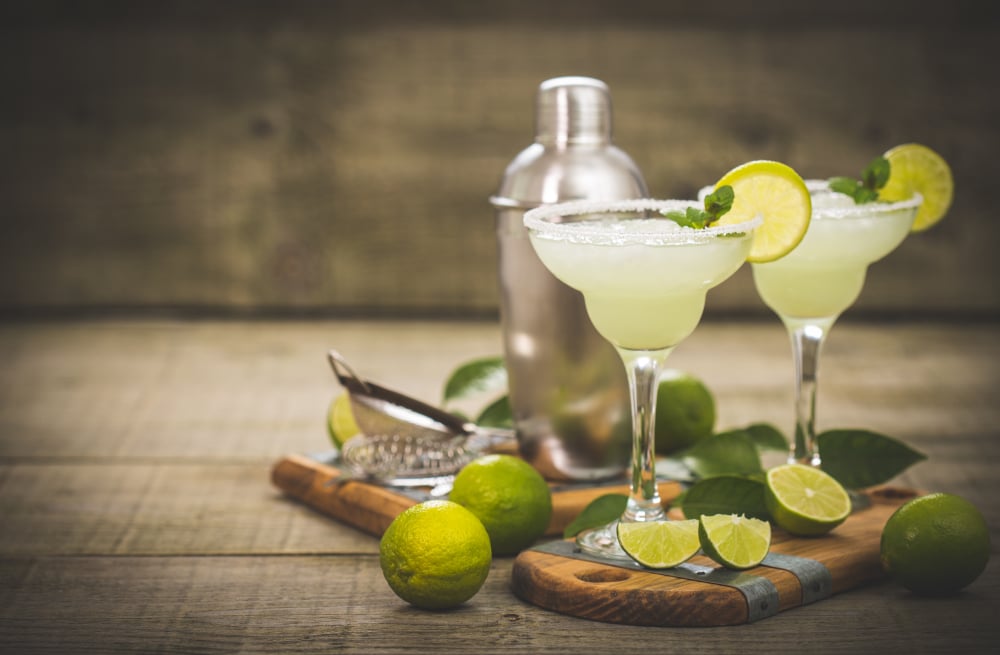
Embracing Tequila Culture
Understanding and appreciating tequila involves more than just knowing the different types and how to drink them. It’s about recognizing tequila’s role in Mexican culture, its agricultural significance, and the craftsmanship that goes into each bottle. From the harvesting of the blue agave to the distillation and aging processes, every step influences the final product’s flavor, aroma, and character.
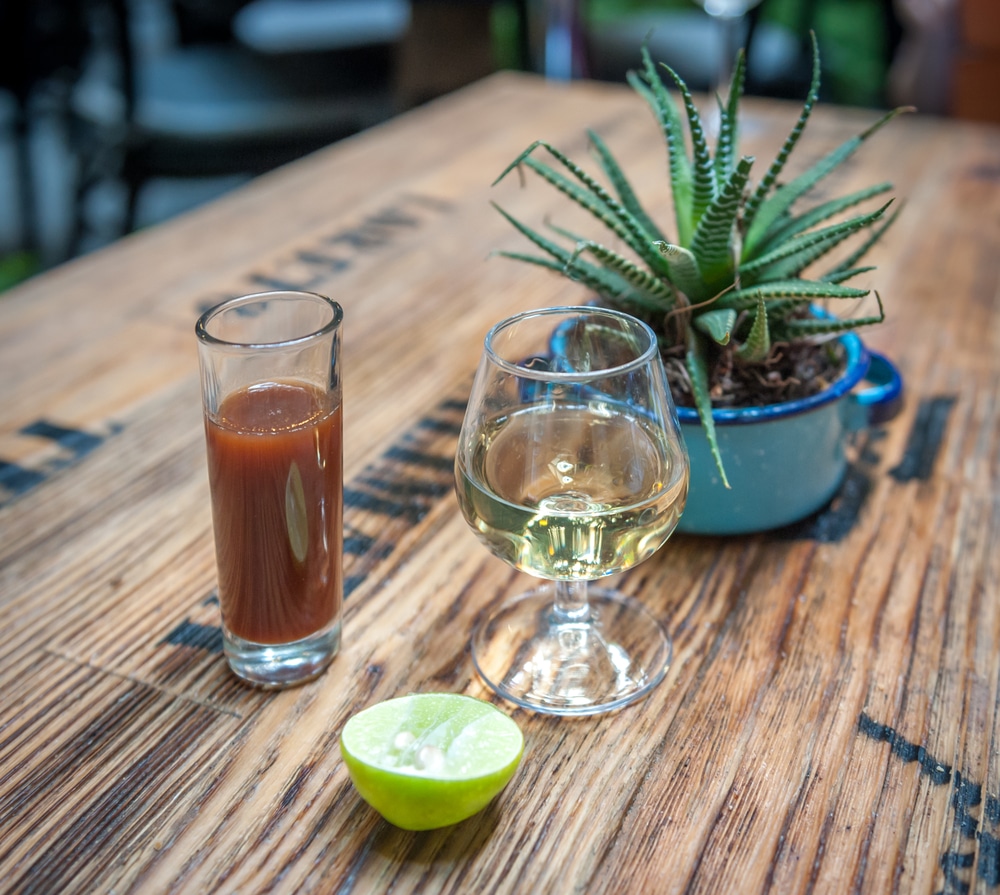
This guide to tequila is more than an introduction to a spirit; it’s an invitation to explore a vital aspect of Mexican heritage. Whether you’re sipping a smooth añejo neat or enjoying a refreshing blanco in a cocktail, tequila offers a rich, sensory journey through the heart of Mexico. So, raise your glass and toast to the art and tradition of tequila, a spirit that captivates with every sip.

